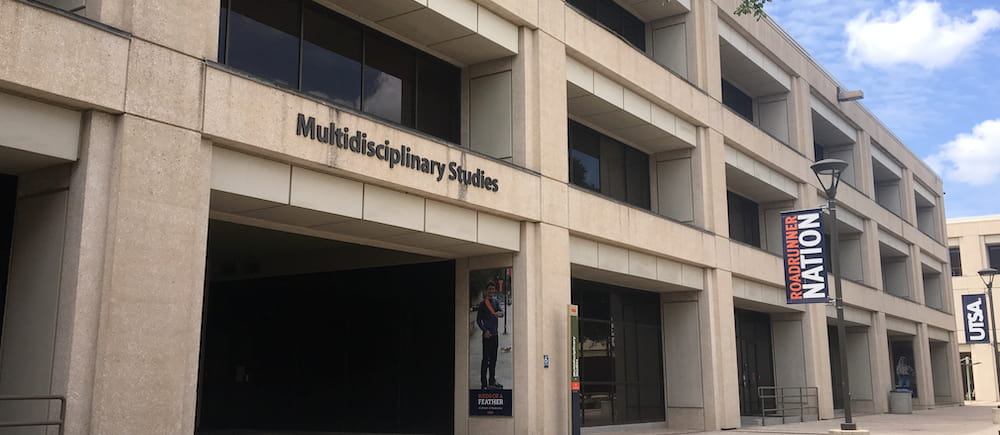
Academic Success District Initiative
Charge
Space is a central and limited resource of the university. It is critical to fully and effectively utilize campus space in a manner that advances institutional objectives for student success and faculty excellence. Through the Academic Success District Initiative – Phase 1, the university will relocate several key offices that support the academic experience to paseo-level spaces to enhance their visibility and navigability and to promote collaborative learning environments for students and faculty. Phase 2 involves the upgrade of highly utilized classrooms to support innovative pedagogical practices, including flexible hybrid modalities, cooperative and experiential learning, or “flipped” environments, as well as “hyflex” technology improvements that enable simultaneous online and face-to-face learning.
Status Update (Spring 2024)
The Academic Success District (ASD) is a multi-faceted initiative to provide students with institution-wide services clustered around the heart of campus to further improve access and utilization. The expansion and relocation of key spaces, resources and programs to more visible ground-level locations support UTSA’s abiding commitment to student success.
University leadership led the effort to transform learning environments and streamline resources for students to thrive at UTSA. Work included:
Student Success Centers: Several student success resources were moved to centrally-located, ground-level locations on the Main Campus for increased visibility and accessibility, including advising offices, academic support programming, mentoring programs and other learning hubs. The new locations promoted alignment of shared goals, funding, initiatives, assessment and research. The work was further expanded with the establishment of Student Success Centers in every college to bridge university-wide services and college degree program-specific services.
New Learning Environments: Through multiple phases, UTSA has updated over 50 high-use classrooms in 11 buildings. Renovations included innovative instructional technologies and new furniture, fit and finish for more engaging learning environments. The renovations allow for improved use of the space to address teaching and learning needs and increase digital accessibility and functionality for all students.
UTSA also created new multipurpose Outdoor Learning Environments (OLÉ), to promote collaborative learning and provide flexible workspaces for both students and faculty to meet in an informal setting.
This Initiative Supports Strategic Destination
Destination One: Model for Student Success
